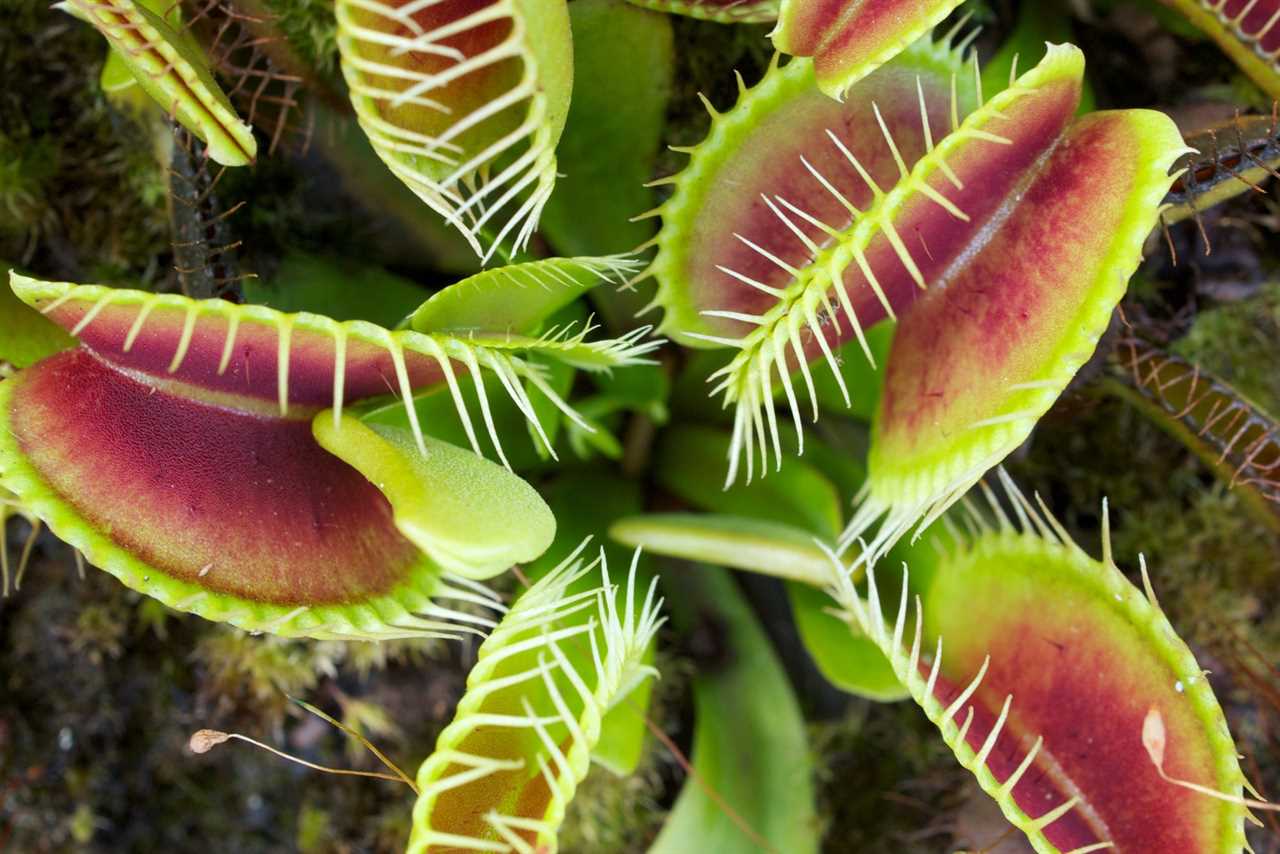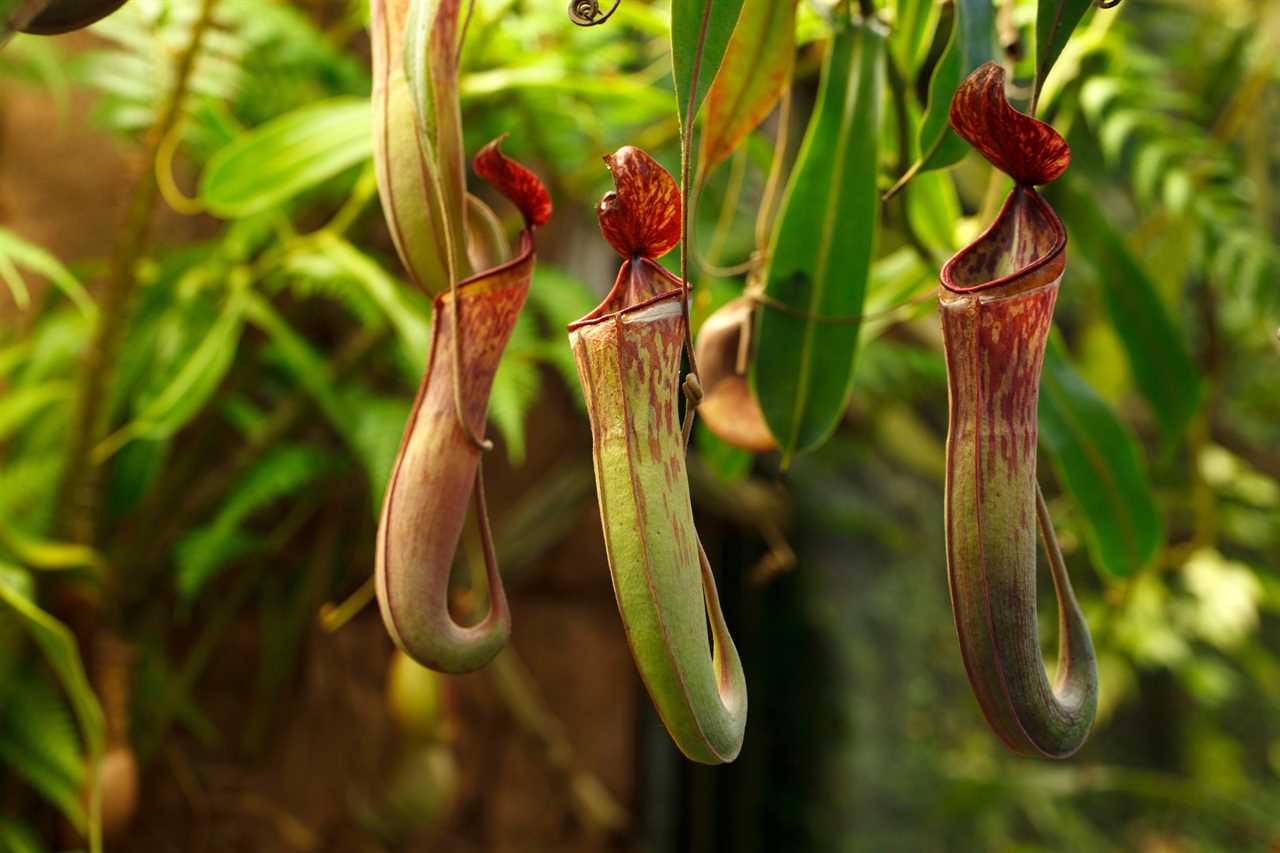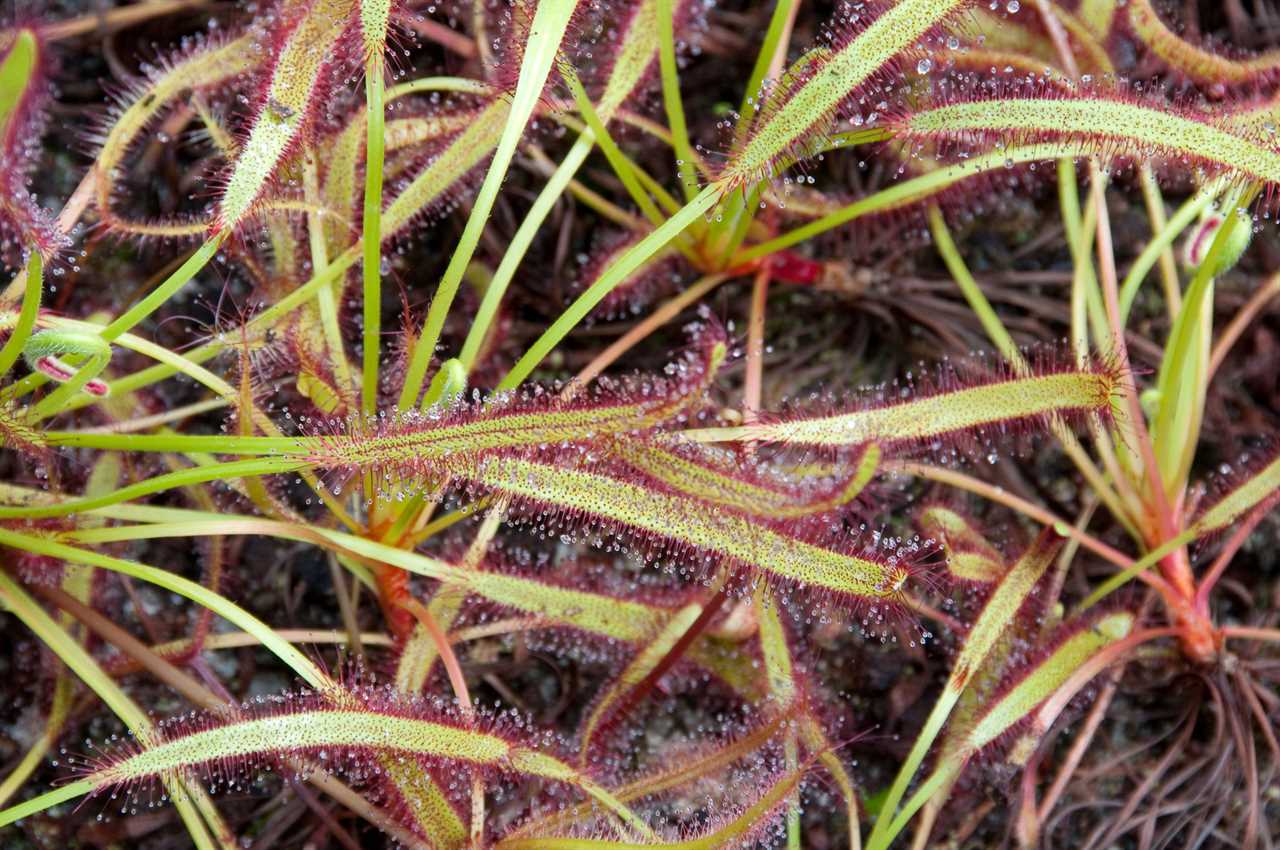While many people prefer easy-to-keep houseplants, experienced plant owners may want more of a challenge. If you’ve already mastered some of the more difficult houseplants and want to try something new, consider carnivorous houseplants.
Though they can be more work, carnivorous houseplants are rewarding to keep and great at pest control. We’ve put together a guide to three common types to get you started.
Like their non-carnivorous relatives, carnivorous plants derive most of their energy from the sun. They trap and digest insects primarily to gain access to nutrients their soil cannot deliver them.
If your home doesn’t have a pest problem, you’ll need to procure insects to feed your new plant. These don’t have to be live insects! If you go with dead insects, make sure to stimulate the sensors on a flytrap or sundew though so that the plant recognizes the meal.
Venus Flytraps: Popular Carnivorous Houseplants

First up is one of the best-know carnivorous plants: the Venus Flytrap. These beauties are native to the Carolina swamps and come in several varieties.
Partly because of its fame and popularity, wild populations are in steep decline. While the species is not yet listed as endangered, it would be prudent to research your supplier to ensure your prospective plant was ethically grown and not harvested from the wild.
Given the climate of their home, it shouldn’t be surprising that Venus Flytraps require direct sunlight. What is unusual are the water requirements. Venus Flytraps, as well as most other carnivorous plants, need rainwater. Tap, distilled and filtered water lack the right mineral balance to adequately nourish these plants.
These plants also need a specific soil. Instead of regular potting soil, look for more acid options, including peat moss. Your goal is to mimic the conditions of the Venus Flytraps’s natural swamp habitat. You’ll also need to water from the bottom. Place the pot in a tray or sink with water so it can be absorbed.
To keep your flytrap alive for more that one growing season, let it go dormant for the winter. Dormancy should run for about three months, usually November through February. To do this, keep the flytrap in cold (but not freezing) temperatures for those months.
Pitcher Plants: Voracious Eaters

Pitcher plants can be found across much of the world, including the Southeastern U.S. coast. Because they have such a wide natural range, they come in many varieties and hybrids. These plants don’t just eat insects. They’ll also happily digest any small animal that falls in and can’t get out.
Like the Venus Flytrap, pitcher plants want direct sun, acidic soil and pure water from below to flourish. They also need to go dormant for the winter. Again, keeping it somewhere cold for November through February should suffice.
These plants are voracious eaters. Unlike flytraps, pitcher plants catch their prey in deep wells. While the Venus Flytrap expends energy closing its leaves, the pitcher can simply wait for prey to fall in and drown. Once the unfortunate creature is inside, digestion begins.
Drosera Capensis: A Stunning Beauty

Also known as a “sundew” because of its dewy leaves, the Drosera capensis is a beautiful specimen.
Varieties of this carnivorous plant can be found in hot climates across the world, including South Africa and Australia. Thanks to this large range, sundews are hardy and can get by on less ideal conditions than the Venus Flytrap or the pitcher plant.
You should still give this plant pure water and acidic soil. But unlike the others on this list, it doesn’t need to go dormant for the winter. It can, and in a more temperate climate likely will, enter a dormancy period. But denying it that will not kill it the way it would a flytrap or a pitcher.
While pitcher plants don’t need to expend energy to trap their food, the Drosera capensis takes after the Venus Flytrap. Its leaves are covered with sticky “tentacles.” Once an insect has landed, the leaf begins to curl up, trapping the bug and allowing the plant to feed. Once finished, the leaf unfurls.
Some species of sundew are thriving. However, over-harvesting and poaching have left other varieties critically endangered. So like with the Venus Flytrap, exercise caution and do your research before purchasing one.
Did you miss our previous article...
https://rsssuperfeeds.com/life-hacks/a-diyers-guide-to-applying-real-venetian-plaster






